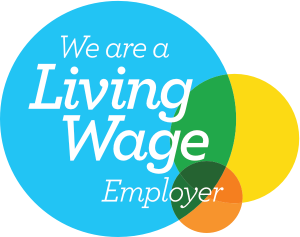Dr Sarah Carlick, managing director at The Athena Programme, gives practical advice for civil society leaders to prioritise safeguarding.
Chief executives may face challenges to ensure and maintain that safeguarding is part of standard operating practices within their charities. As the leader, it is your responsibility to ensure the commitment to safeguarding is integral in the delivery of the charity’s aims and services. This means that you should assign sufficient time, funding, training resources and support for your workforce and volunteers to undertake their safeguarding duties effectively. This should also be a priority for the designated safeguarding lead (and deputies) in the discharge of their duties.
Having an open-door policy, where you are seen as an ethical leader, should convey that concerns are addressed sensitively and effectively, in a timely manner, in accordance with whistle-blowing policies. The CEO is the conduit between the designated safeguarding lead and the trustees on safeguarding matters.
To help sustain the culture of vigilance and an attitude that ‘it could happen here’, considering how you will promote safeguarding internally is the undeniable reason why the CEO should lead on creating a safer culture.
Here are ten practical suggestions for CEOs to ensure safeguarding is a priority:
- Safeguarding should be a standard item on all team, management and board meeting agendas.
- Identify safeguarding champions across the organisation, who will take a lead role in raising awareness of safeguarding, and champion the voice of service users and customers.
- ‘Back to the floor’ days, where, as the CEO, you undertake a frontline role in the organisation to gain a deeper understanding and appreciation of the challenges of safeguarding.
- As the leader, you are in a position to cascade ‘safeguarding best practice’ from others within the sector.
- You are in a position to check whether staff and volunteers feel able to raise concerns about poor or unsafe practice with regard to children and/or adults at risk.
- Ensure you would act upon receipt of any allegation against a staff member, or volunteer. Champion and echo this as a motto within the organisation.
- Liaise with the designated safeguarding lead(s), and deputies, regularly, to provide support and guidance.
- The leader has the opportunity to create safeguarding policy and procedures that are living documents understood, and adhered to by everyone.
- Give the go-ahead for being transparent and post your safeguarding policies and procedures on your website, as well as a safeguarding statement.
- Create an award for good practice in safeguarding, so everyone shared a passion and raised their commitment.
I admire CEOs who sometimes have to wear many hats and undertake a tough and lonely role. However, I also admire them when they seek independent advice and guidance where appropriate, and, therefore, act with transparency. It takes bravery to want to be challenged, not to be afraid, and to encourage a ‘speak out’ culture.
There are more than 150,000 registered charities in England and Wales and I am sure there are many that still don’t have the correct safeguarding policies and procedures in place. I am not here to give all the answers, but to share what I have learnt from working in a sector where I am often humbled by the charitable work done.
The Athena Programme team has direct experience and knowledge of designing and delivering safeguarding training programmes across ten different sectors. They can make sure that you are fully compliant and we’ll optimise your people and resources. Get in touch.
Image from rawpixel.com


